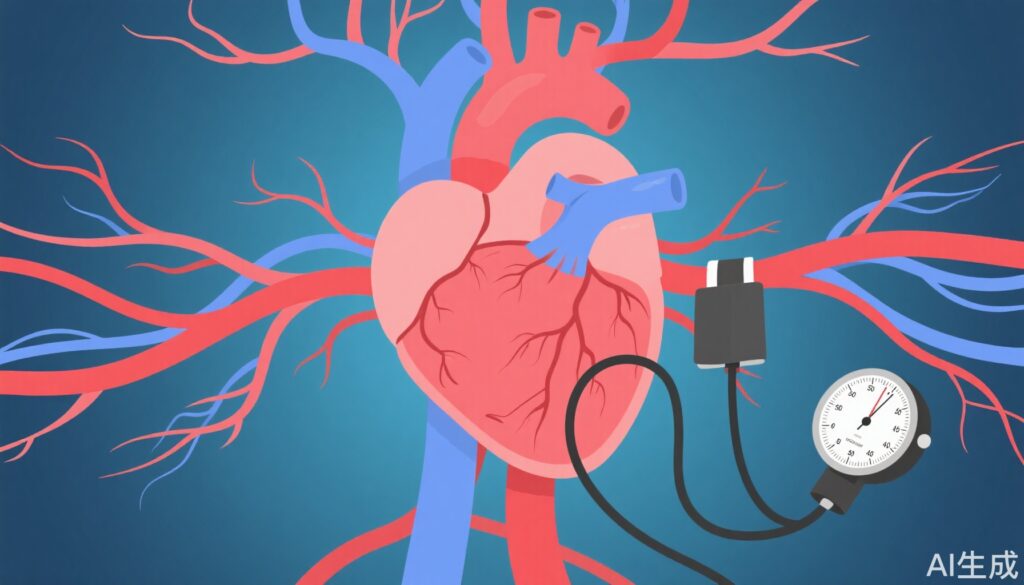Introduction to Hypertension
Hypertension, commonly known as high blood pressure, is a chronic medical condition where the force of the blood against the artery walls is consistently too high. This condition can lead to serious health complications such as heart disease, stroke, and kidney failure if left unmanaged. It is often called the “silent killer” because many people experience no symptoms until significant damage has occurred.
Causes and Risk Factors
Hypertension can be primary (essential) or secondary. Primary hypertension develops gradually over many years and has no identifiable cause, but it is associated with genetic and lifestyle factors such as obesity, sedentary behavior, poor diet high in salt, excessive alcohol intake, and stress. Secondary hypertension results from an underlying condition such as kidney disease, hormonal disorders, or the use of certain medications.
Symptoms and Complications
Most individuals with high blood pressure do not experience symptoms, which is why regular screening is critical. When symptoms do occur, they might include headaches, dizziness, shortness of breath, or nosebleeds, but these are not specific to hypertension. If untreated, hypertension increases the risk of heart attack, stroke, aneurysm, heart failure, and chronic kidney disease.
Diagnosis and Monitoring
Blood pressure is measured using a sphygmomanometer. A diagnosis of hypertension is typically made when blood pressure readings consistently exceed 130/80 mm Hg, according to recent guidelines. Ambulatory blood pressure monitoring may be used for more accurate assessment. Regular monitoring helps guide treatment decisions and assess effectiveness.
Treatment Approaches
Treatment for hypertension involves lifestyle modifications and, when necessary, medication. Lifestyle changes include reducing salt intake, maintaining a healthy weight, engaging in regular physical activity, limiting alcohol consumption, and managing stress. Pharmacological treatment options encompass several classes of drugs such as diuretics, ACE inhibitors, angiotensin receptor blockers (ARBs), calcium channel blockers, and beta-blockers. The choice of medication depends on individual patient factors including co-existing conditions.
Importance of Patient Education and Compliance
Educating patients about their condition and the importance of adherence to treatment regimens is essential for effective blood pressure control. Patients should be encouraged to monitor their blood pressure at home, recognize potential side effects of medications, and maintain regular follow-up visits with healthcare providers.
Preventive Measures and Community Health
Prevention of hypertension focuses on promoting a healthy lifestyle from an early age. Public health initiatives aimed at reducing salt consumption, increasing physical activity, and raising awareness about hypertension can significantly reduce the burden of this condition in the community.
Conclusion
Hypertension is a prevalent yet manageable condition that requires a comprehensive approach involving lifestyle changes, medication, and ongoing monitoring. Early detection and treatment are key to preventing serious complications and improving quality of life. Healthcare providers play a crucial role in guiding patients through this process, while public health efforts can support broader prevention strategies.



